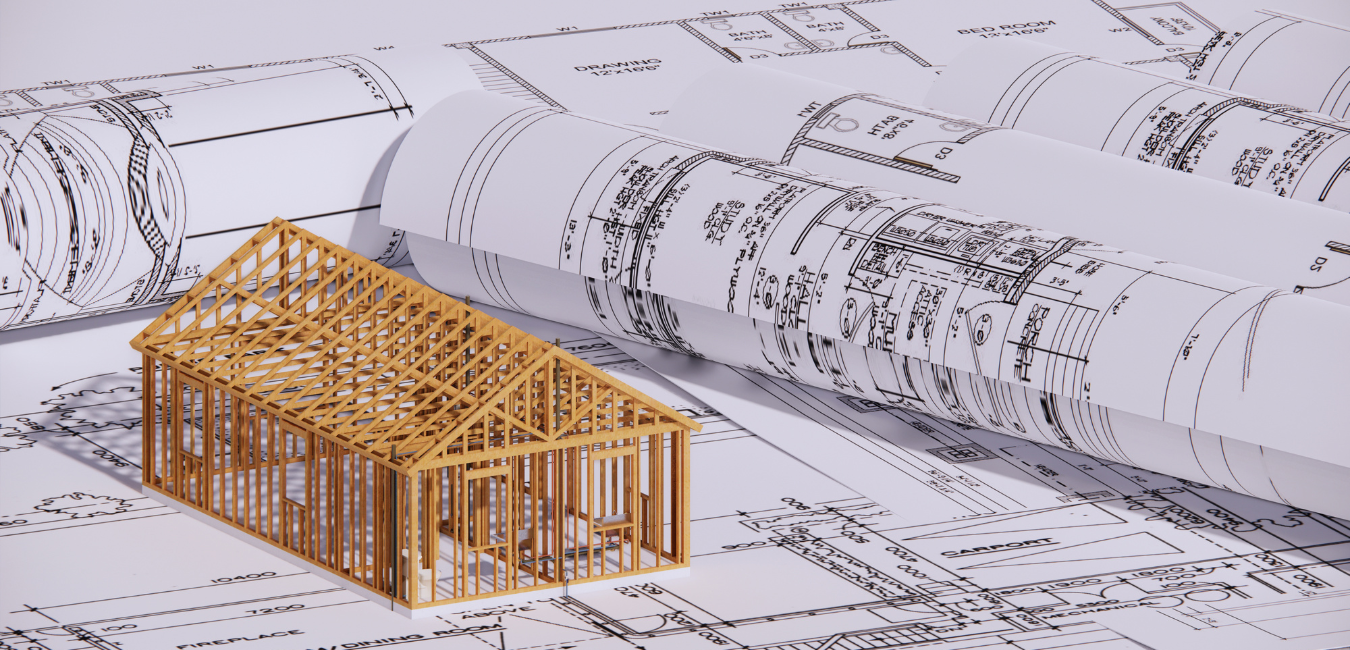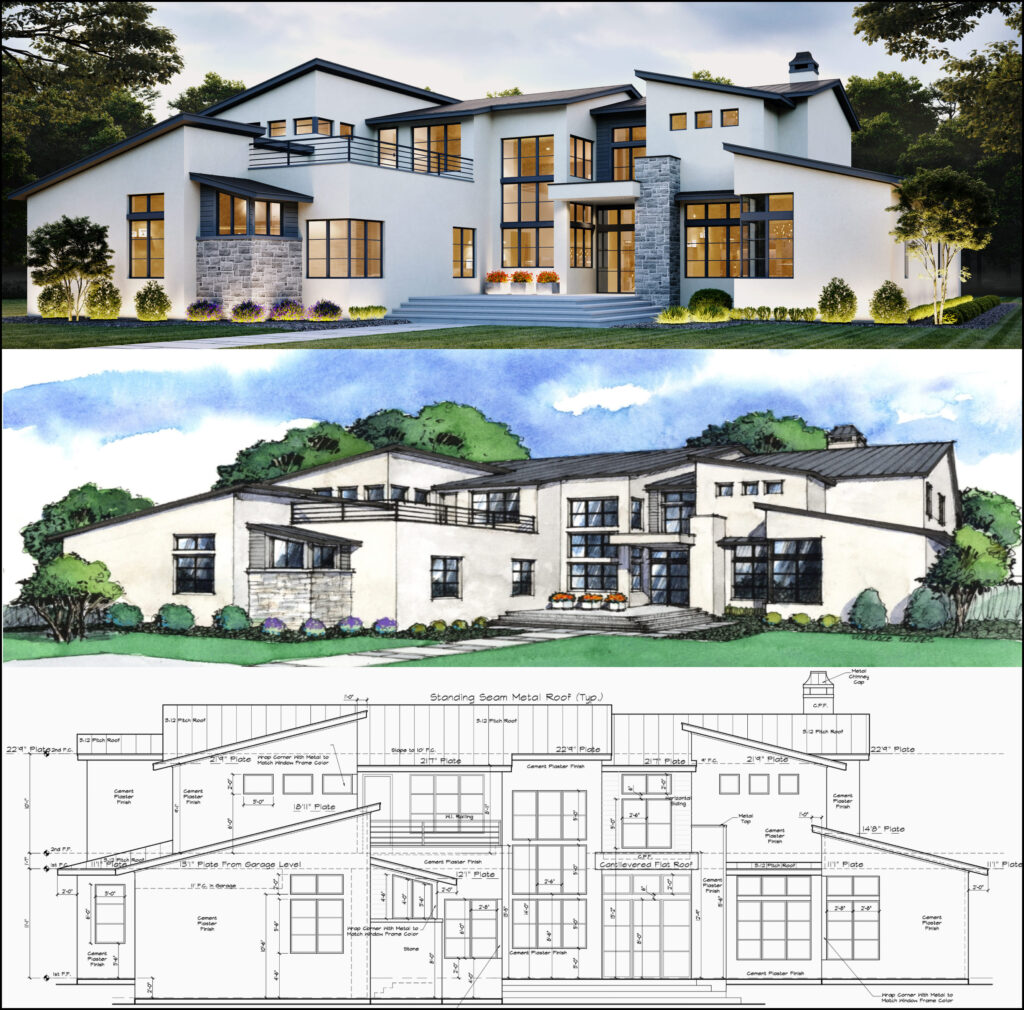The Influence of Technological Improvements on the Layout Practices of Contemporary Architects
The rapid evolution of technological devices has actually significantly reshaped the layout landscape for contemporary engineers, cultivating extraordinary degrees of advancement and sustainability. Exploring these characteristics discloses a nuanced interplay between technology and traditional layout techniques, prompting a more detailed assessment of what the future holds for architectural techniques.
Development of Architectural Devices
How have building devices changed the design and construction processes over the centuries? The evolution of architectural tools has actually substantially influenced the performance, accuracy, and creative thinking of layout and construction.
With the arrival of the Renaissance, the introduction of the compass and the protractor noted a crucial change. These devices allowed engineers to attain higher accuracy in their layouts, assisting in the development of more elaborate and in proportion structures (cda architects). The Industrial Transformation additionally reinvented architectural exercise with the introduction of mechanical tools and products, permitting bigger and more ambitious tasks
In the 20th century, the advancement of computer-aided design (CAD) software program changed the landscape when again, supplying designers with unmatched abilities in modeling and visualization. Today, progressed tools such as Structure Information Modeling (BIM) and parametric layout software application remain to press the limits of architectural development, enabling a much more integrated method to layout and building processes.

Enhanced Collaboration in Layout
As innovation remains to develop, enhanced collaboration in layout has become a keystone of modern building method. The combination of electronic tools such as Building Details Modeling (BIM), cloud-based platforms, and progressed visualization software program has actually transformed the way engineers, engineers, and stakeholders communicate throughout the design procedure. These tools assist in real-time communication, enabling groups to share concepts, adjustments, and responses immediately, no matter geographical area.
Moreover, online truth (VIRTUAL REALITY) and boosted reality (AR) have additional enriched collective efforts by making it possible for immersive experiences that permit customers and employee to picture tasks in a more engaging way. This degree of communication not just enhances understanding however also fosters a sense of ownership amongst stakeholders, causing more informed decision-making.
Furthermore, interdisciplinary cooperation has been streamlined via these technical advancements, enabling architects to work a lot more closely with other experts, such as metropolitan coordinators and environmental consultants. The result is an extra cohesive approach to create that thinks about different perspectives and proficiency. Ultimately, boosted cooperation in style is not merely a fad; it is vital for creating ingenious, useful, and cosmetically pleasing design in an increasingly intricate globe.
Sustainability With Innovation
Sustainability in architecture has actually increasingly become intertwined with technological development, driving the sector towards ecologically liable methods - cda architects. Contemporary architects are leveraging advanced innovations to minimize ecological effect while enhancing the efficiency of structures. One noticeable example is the use of Structure Info Modeling (BIM), which enables for exact preparation and source allowance, decreasing waste throughout building and promoting power effectiveness throughout a building's lifecycle
In addition, smart materials and energy-efficient systems are being incorporated into layouts to enhance source usage. Technologies such as solar cells and green roof harness renewable power sources, adding to decreased carbon footprints. Additionally, the application of fabricated intelligence in design processes enables designers to replicate and analyze power intake, leading decisions towards more lasting end results.
The assimilation of sustainable innovations not only straightens with global environmental goals yet additionally fulfills an increasing demand from consumers for environmentally friendly remedies. As engineers embrace these innovations, go right here the focus moves towards producing areas that are not only cosmetically pleasing but likewise functionally lasting, thus redefining the standards of modern design. This way, modern technology functions as a stimulant for sustainability, making it possible for architects to develop structures that respect and improve the natural setting.
Obstacles in Execution
While technological innovations in design hold wonderful assurance for boosting sustainability, their application commonly encounters substantial challenges. One key challenge is the high discovering contour connected with brand-new innovations. Designers and building and construction specialists may require considerable training to successfully make use of sophisticated software and tools, which can postpone job timelines and enhance prices.
In addition, the combination of arising innovations, such as Building Info Modeling (BIM) and sustainable products, often demands partnership throughout multidisciplinary groups. This cooperation can be hindered by differences in proficiency, operations, and interaction designs, leading to prospective problems and inefficiencies.
Financial constraints further complicate the adoption of cutting-edge technologies. Many architectural companies, specifically smaller sized ones, might do not have the sources to buy advanced devices, limiting their ability to contend with larger firms that can pay for such financial investments.
In addition, regulative frameworks and building codes may not equal technological improvements, creating ambiguity and potential conformity concerns. This challenge can inhibit engineers from completely accepting new technologies, as the danger of non-compliance may outweigh the benefits. Dealing with these implementation difficulties is vital for the successful combination of technical improvements in contemporary building practices.
Future Fads in Design
The challenges connected with the application of new modern technologies in More Help design have actually triggered a reevaluation of future fads within the sector. As engineers browse concerns such as sustainability, urbanization, and social equity, they are increasingly embracing cutting-edge technologies to enhance layout efficiency and ecological performance.
One noticeable trend is the assimilation of expert system (AI) in the design procedure. AI devices can analyze vast datasets to educate layout decisions, enhancing both creativity and performance. Structure Info Modeling (BIM) proceeds to develop, enabling real-time partnership among stakeholders and assisting in streamlined job management.
Sustainable layout methods are additionally gaining momentum, with engineers concentrating on adaptive reuse and regenerative style principles that reduce source consumption and waste. The consolidation of wise products and sustainable power sources will certainly even more boost the strength of structures in the face of climate modification.
Additionally, the surge of parametric layout permits even more personalized and context-sensitive architectural services. By taking advantage of these innovations, architects are positioned to develop constructed environments that not just resolve the prompt requirements of culture but likewise expect recommended you read future difficulties, thereby redefining the function of style in an ever-changing globe.
Verdict
